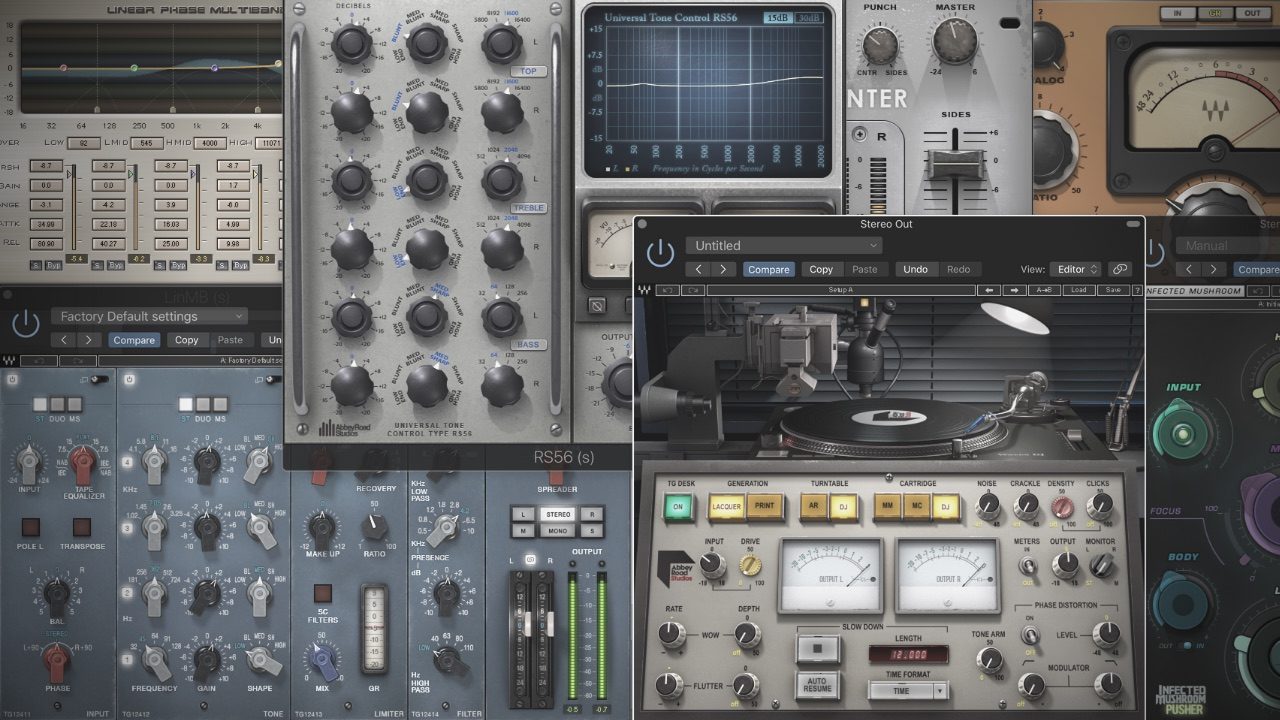Mastering was a unique professional process reserved for big-budget releases.
But today there are many DIY mastering choices available. From online AI-powered mastering to suites of mastering plugins for your DAW, preparing your mix for release has never been more accessible.
However, can anyone really use plugins to master their music and achieve good outcomes?










